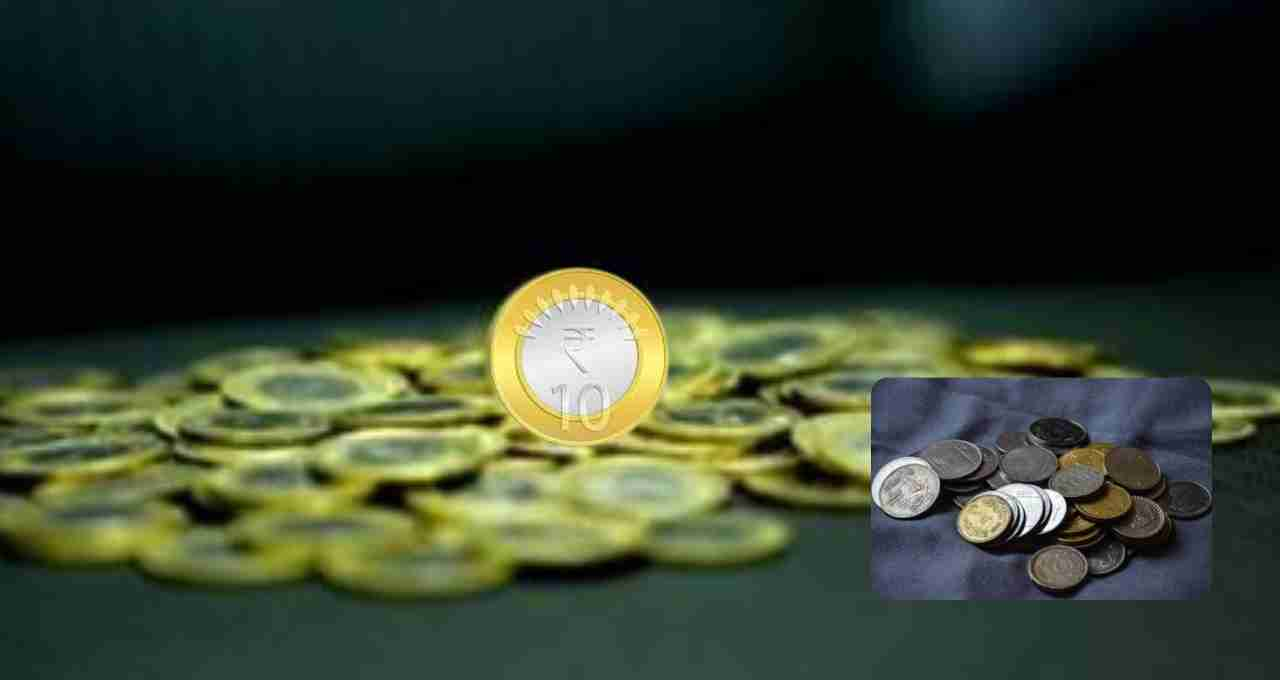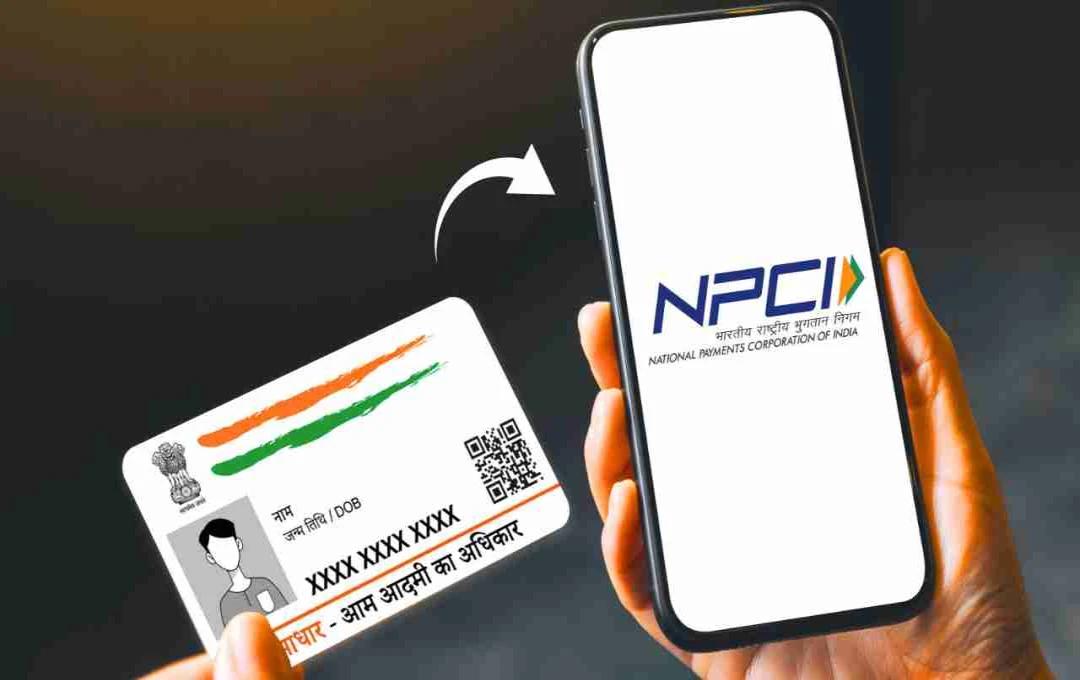Mobile payments are now preferred even for small transactions in shops, markets, and everyday life, clearly demonstrating UPI's rapid digitization of India's payment system.
There was a time when asking a shopkeeper for "change" after a purchase was commonplace. The jingling coins in one's pocket were not only a necessity but also an integral part of daily life. However, those days are gone. Digital payments, especially UPI (Unified Payments Interface), have transformed the landscape of financial transactions. Recent Reserve Bank data reveals a consistent decline in coin circulation, primarily attributed to UPI's growing popularity.
Declining Demand for Coins: What the Data Says

The Reserve Bank's 2024-25 report indicates that by the end of this fiscal year, a total of 1.37 million coins were in circulation, valued at ₹36,589 crore. Of these, ₹1, ₹2, and ₹5 coins constituted 81.6 percent of the total number of coins, while their value accounted for 64.2 percent of the total value.
While there was an 8.5 percent increase in the number of coins and a 14.7 percent increase in their value between 2015-16 and 2016-17, this growth slowed to 3.6 percent and 9.6 percent respectively in 2024-25. This clearly indicates a declining demand for coins.
UPI: Redefining Transactions
Launched in April 2016, UPI has since steered digital transactions in India in a new direction. According to NPCI (National Payments Corporation of India) data, in March 2017, there were 6.4 million UPI transactions worth ₹2,425 crore. However, by March 2025, this figure had skyrocketed to 18.3 billion transactions, totaling ₹24,77,221 crore.
This growth demonstrates the rapid adoption of digital transactions and the consequent reduction in the use of cash, particularly coins. From tea stalls to high-end restaurants, "scan and pay" is now the norm in most places.
COVID-19: A Turning Point

2020-21 saw the world grappling with the COVID-19 pandemic. During this period, there was a surge in demand for contactless transactions and a preference to avoid cash. Coin growth reached its lowest point that year, with only a 2.1 percent increase in value and a mere 1 percent increase in the number of coins. This period marked the acceleration of digital payments and the complete mainstream adoption of UPI.
Digital in Cities, Coins Still Essential in Villages
While UPI has become commonplace in urban areas, the complete disregard for coins is impossible in a diverse country like India. Rural areas, small shopkeepers, auto-rickshaw drivers, and public services still require coins. The demand for ₹1, ₹2, and ₹5 coins, in particular, persists in these regions.
Impact of ₹10 and ₹20 Coins
In recent years, ₹10 and ₹20 coins have also been introduced to increase the value of cash in circulation. However, there has been some confusion regarding the acceptance of these coins, particularly the ₹10 coin. Nevertheless, these coins have contributed to a partial increase in the overall value.
Is the Future of Coins Over?
The question arises: will coins disappear completely in the future? Experts believe that coins will not vanish entirely, but their necessity will be limited to specific uses. As digital literacy and internet connectivity increase, small transactions will increasingly become digital.
Advantages and Disadvantages: UPI vs. Coins
Advantages of UPI
- Ease and speed of transactions
- Tracking and record-keeping facility
- No need for cash
Advantages of Coins
- Useful for small transactions
- Helpful in rural and offline areas
- Effective in case of technological failure
Role of the Government and RBI
The Reserve Bank of India is implementing policy changes to promote digital payments. At the same time, coin production is gradually being reduced. The RBI aims to prioritize a cashless economy but is also ensuring equitable access to payment options for all segments of society.














